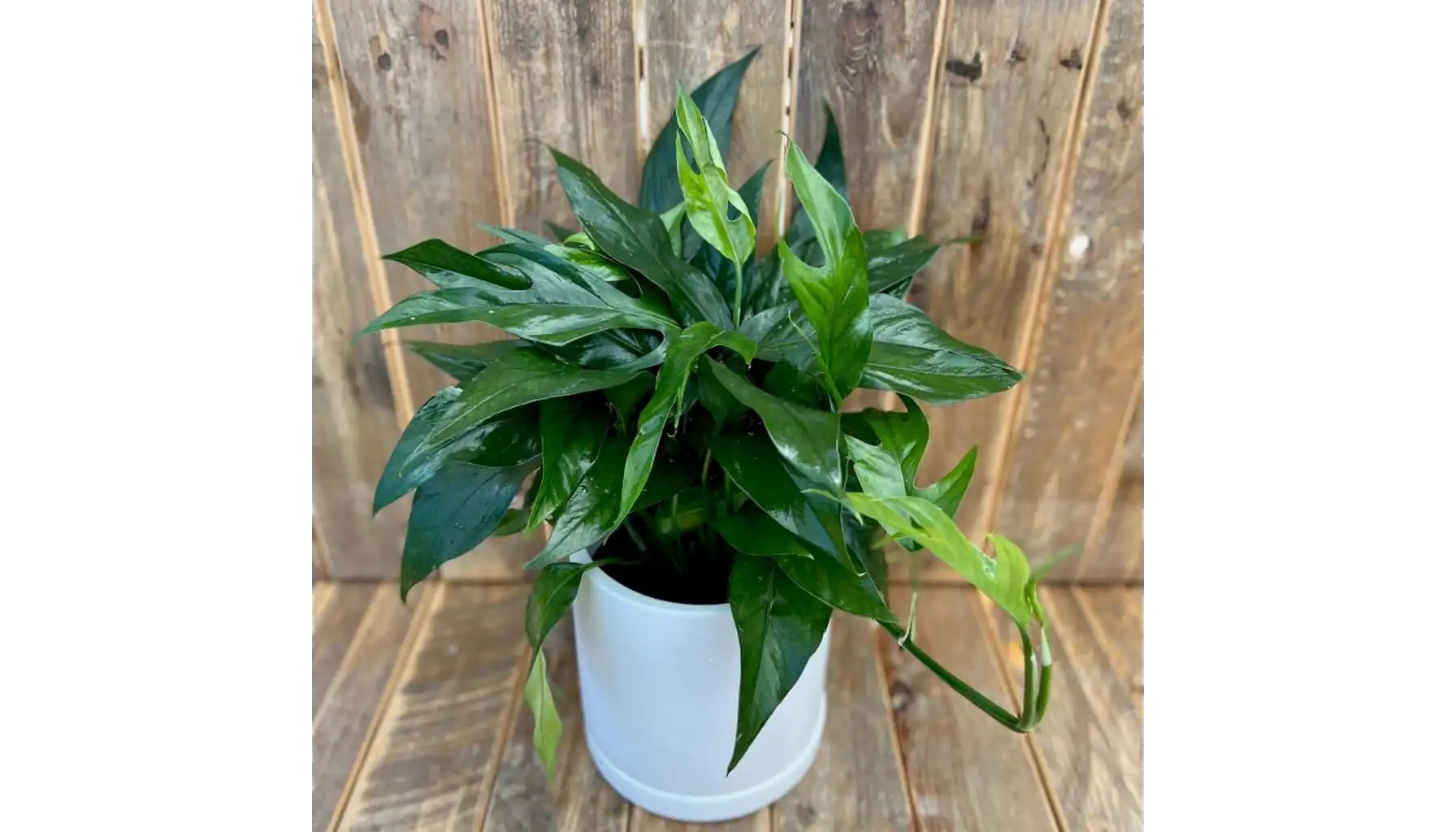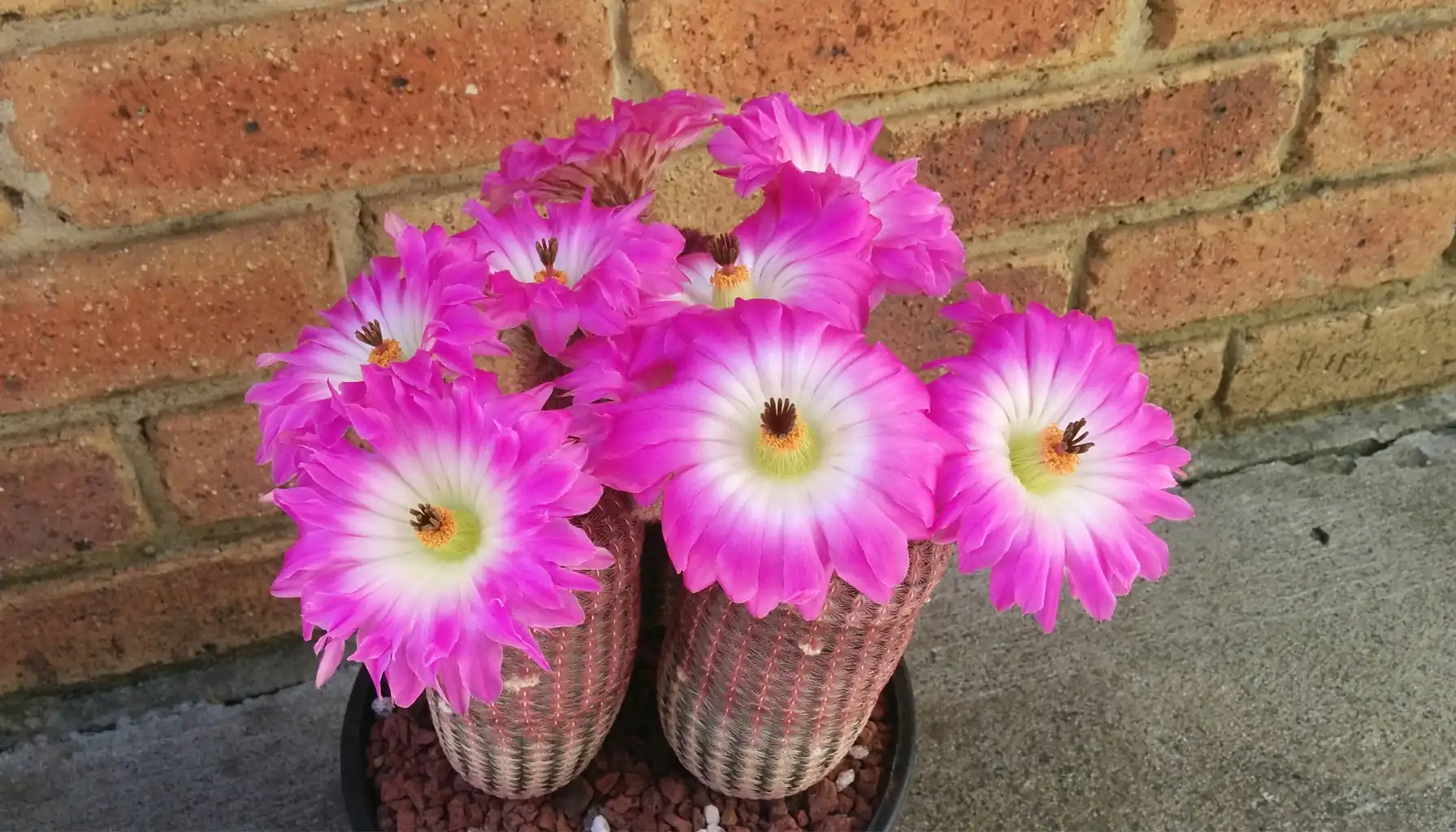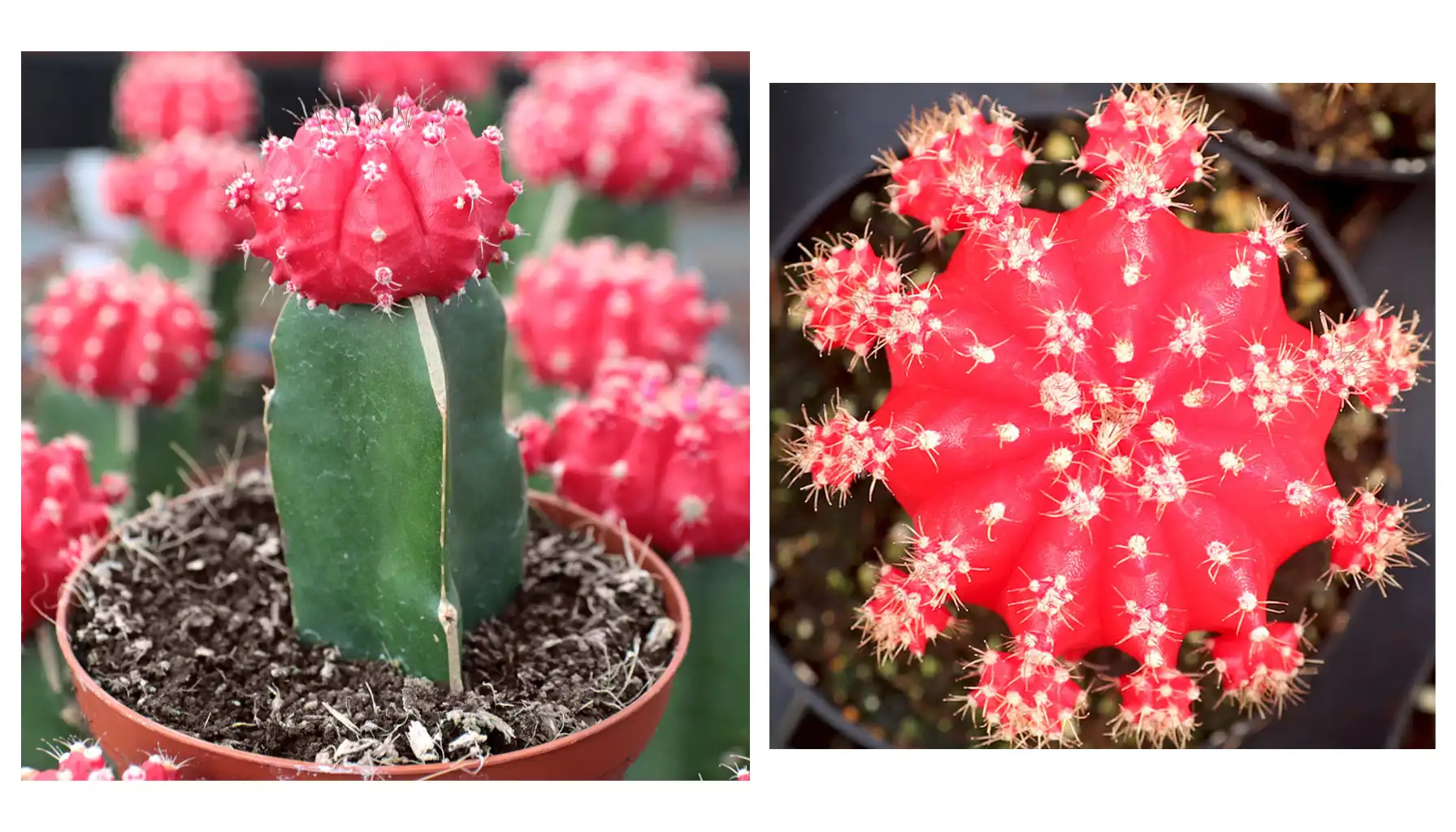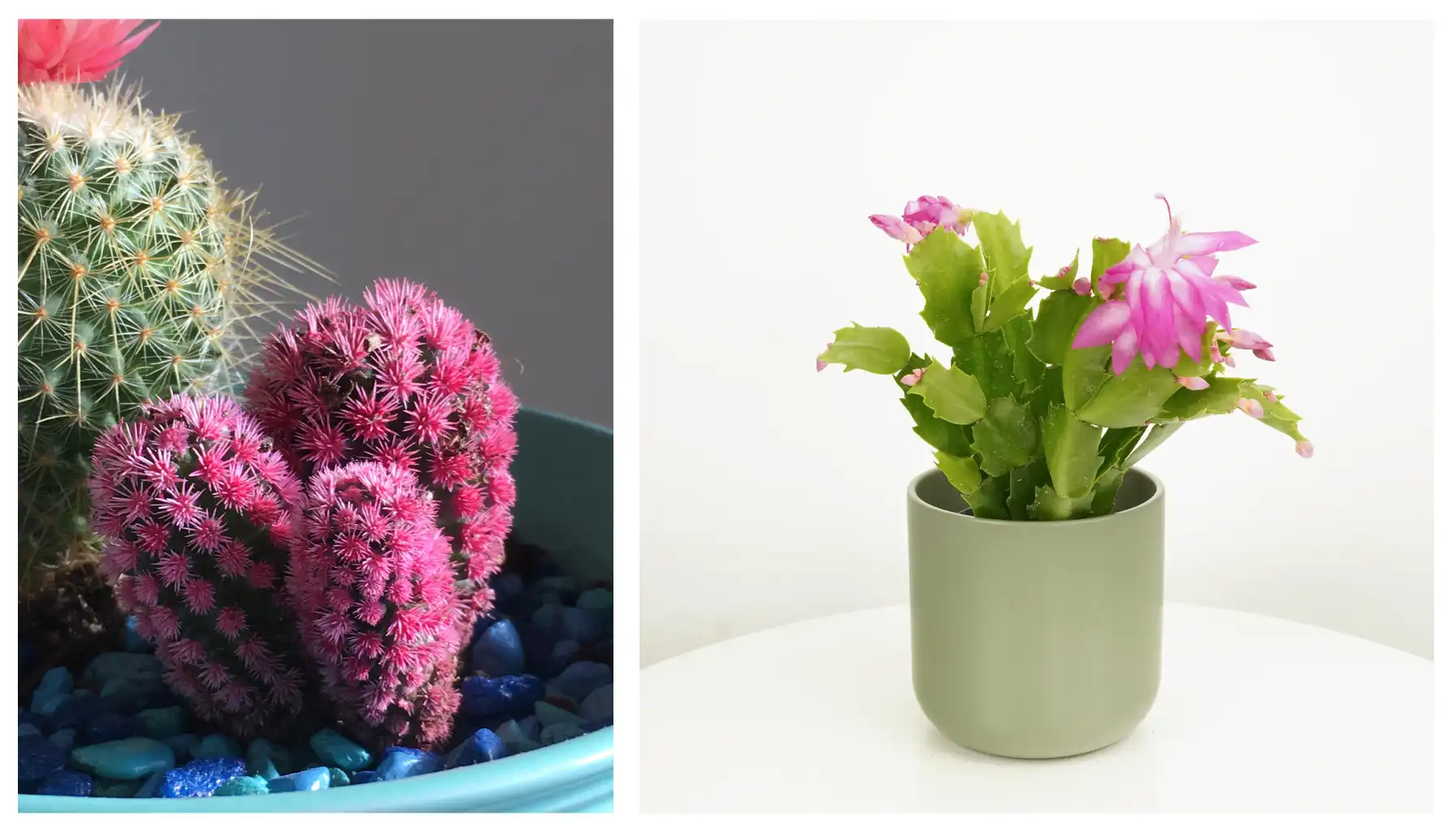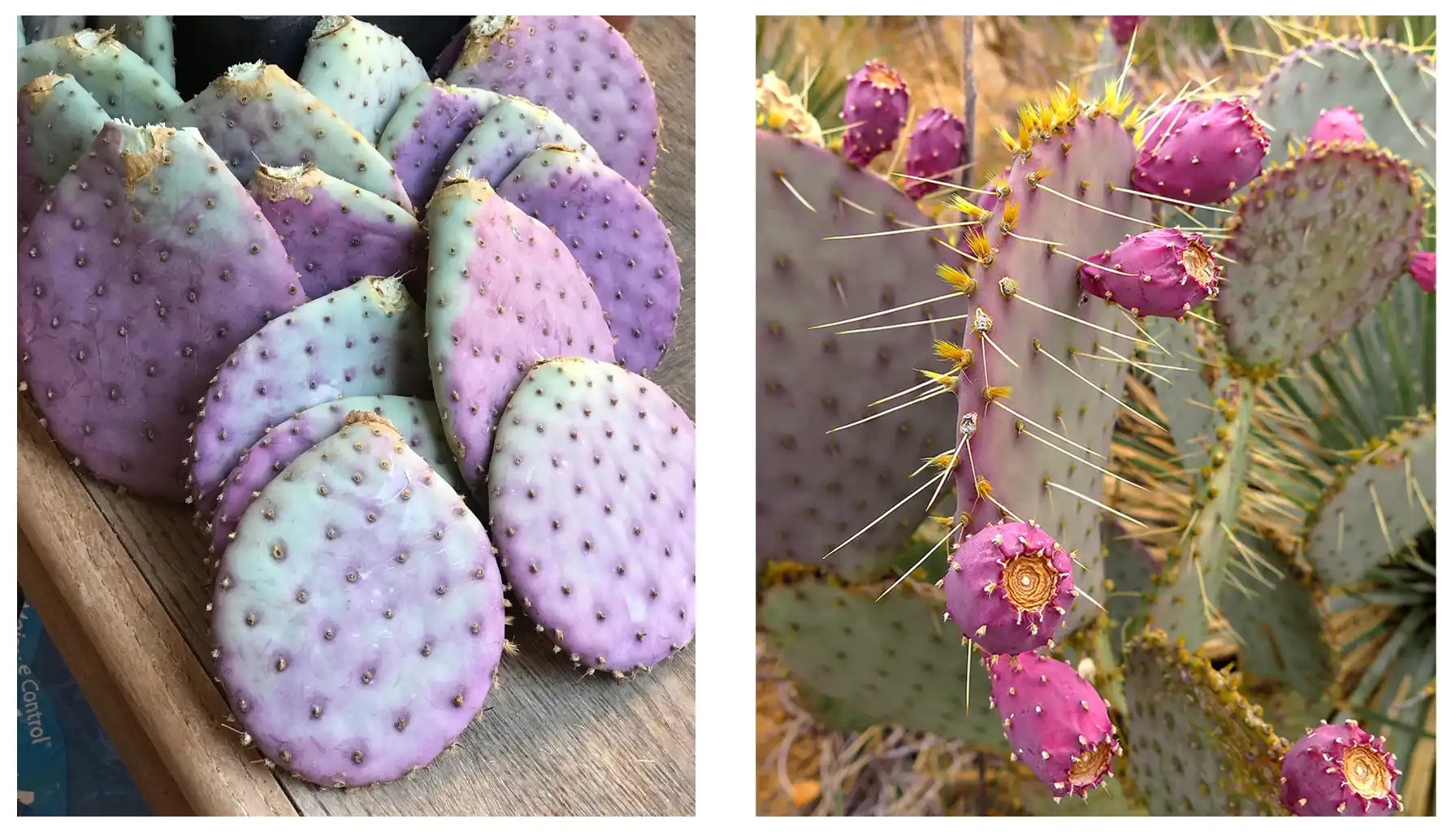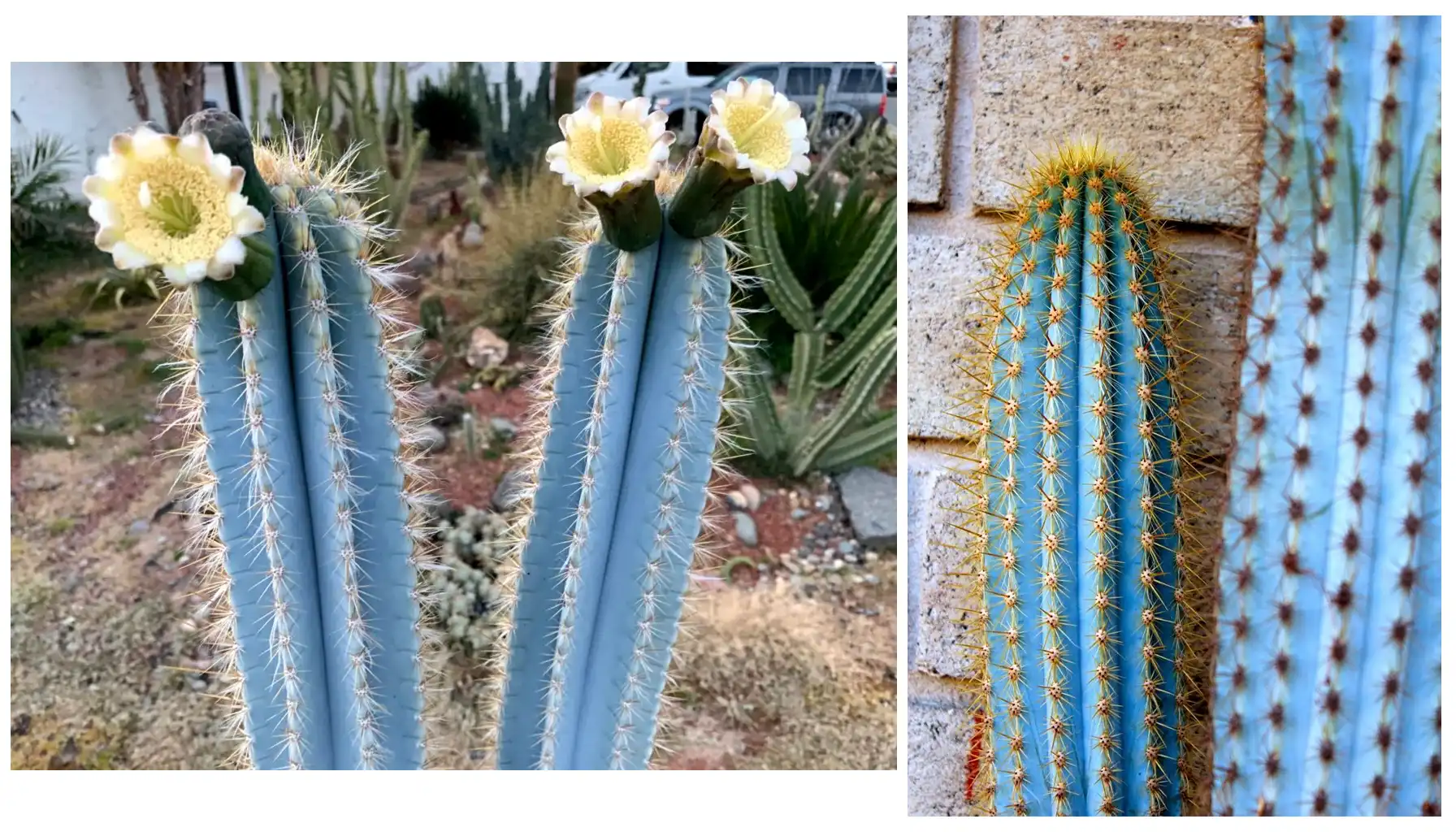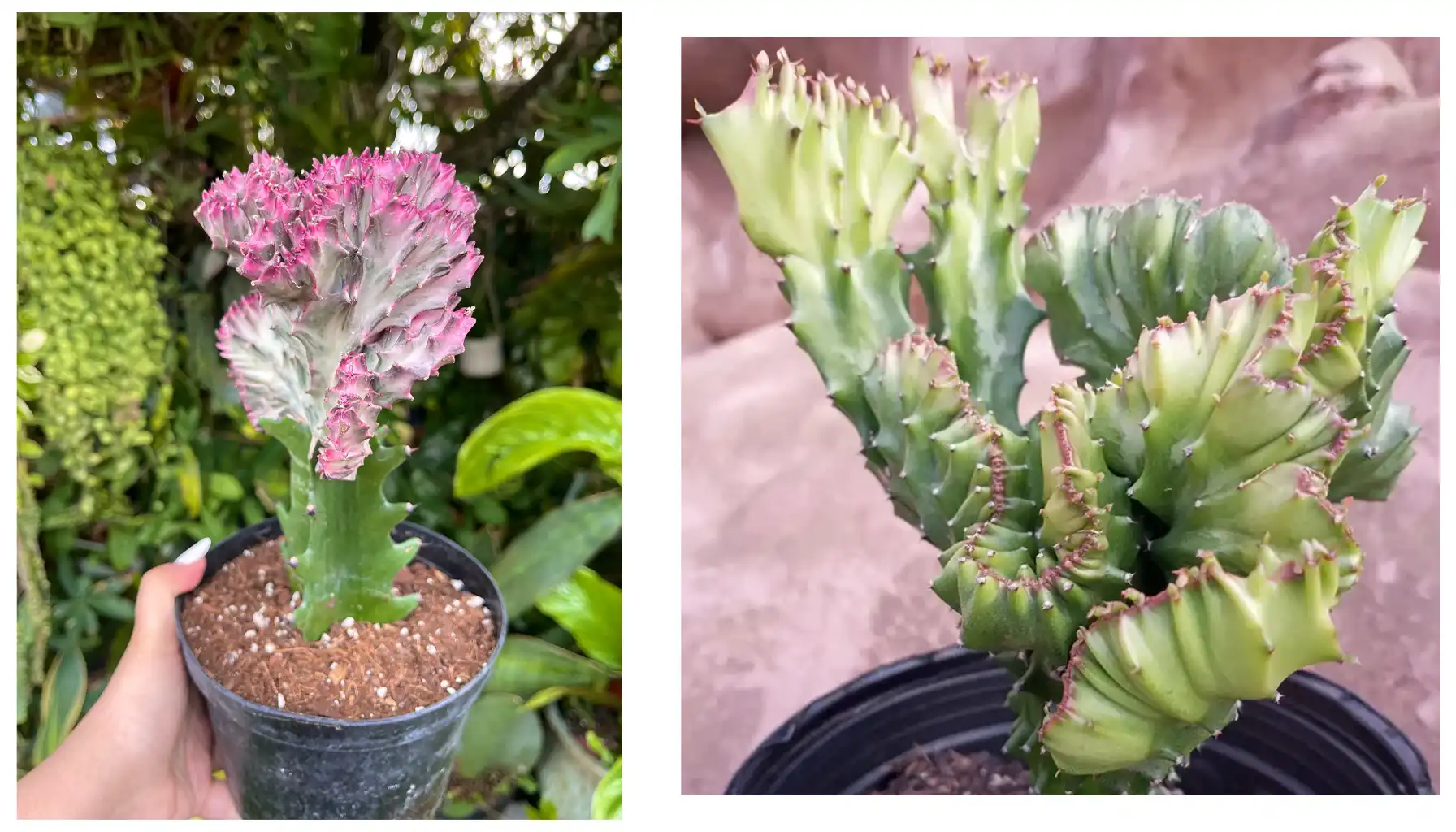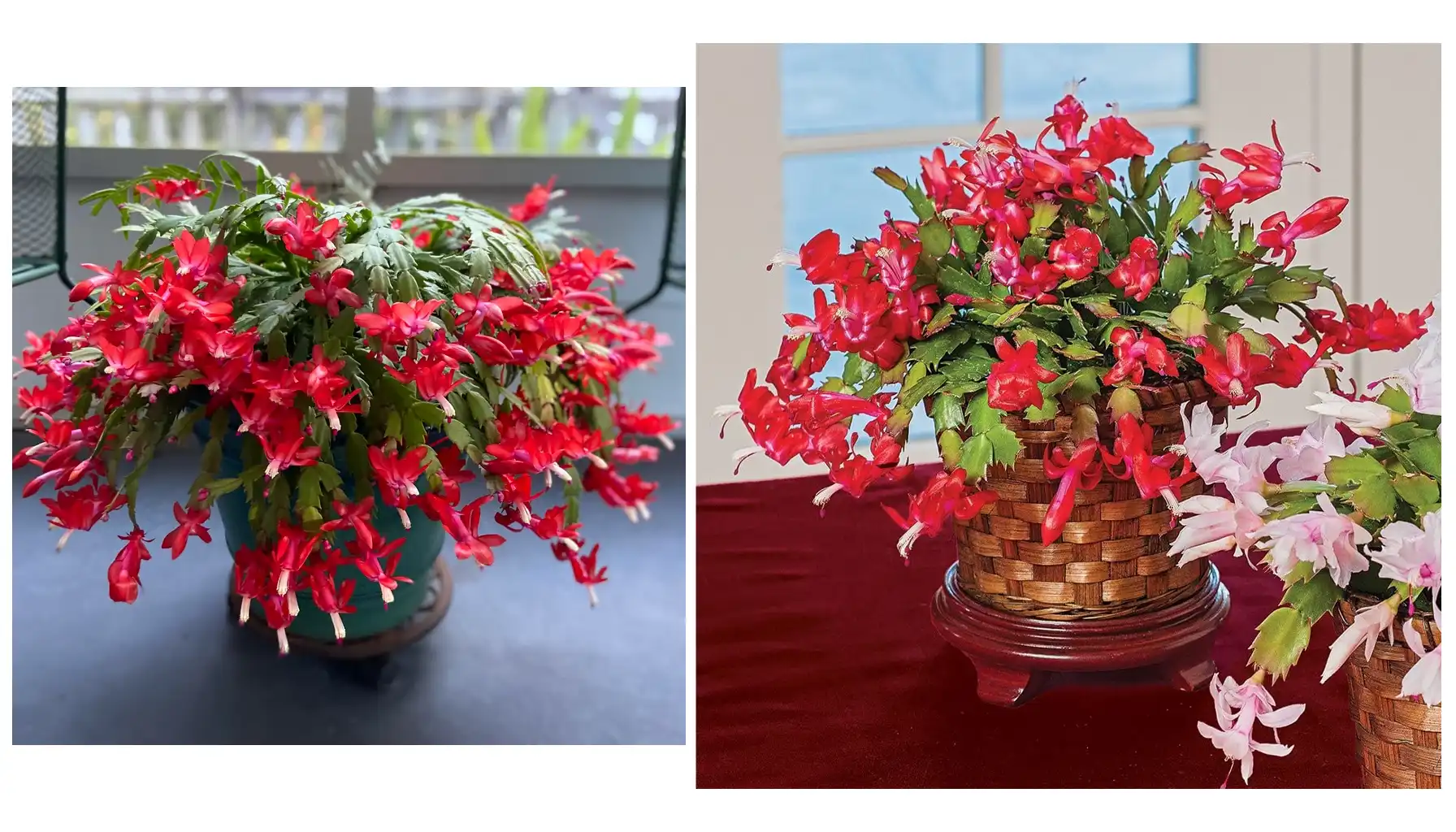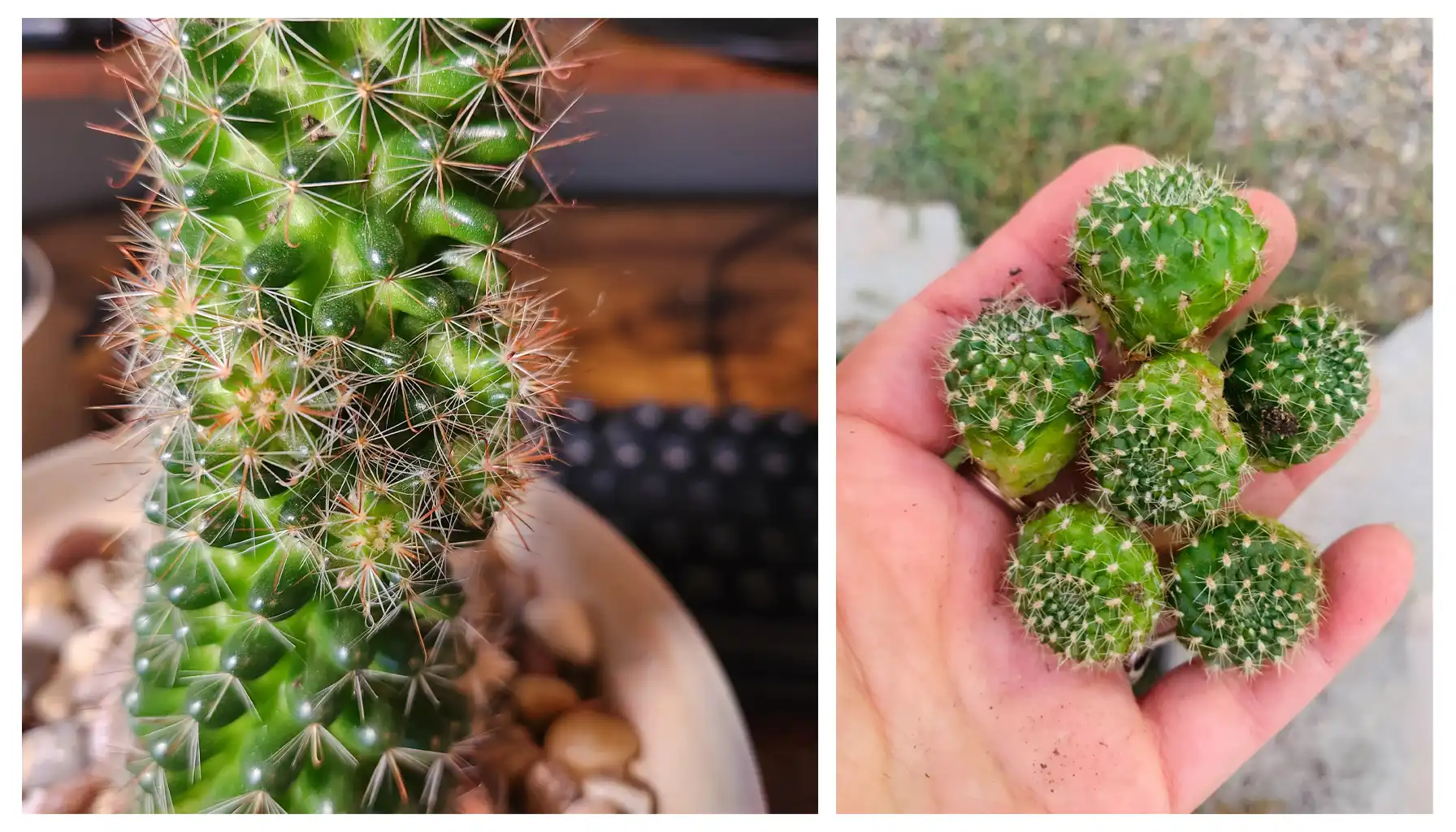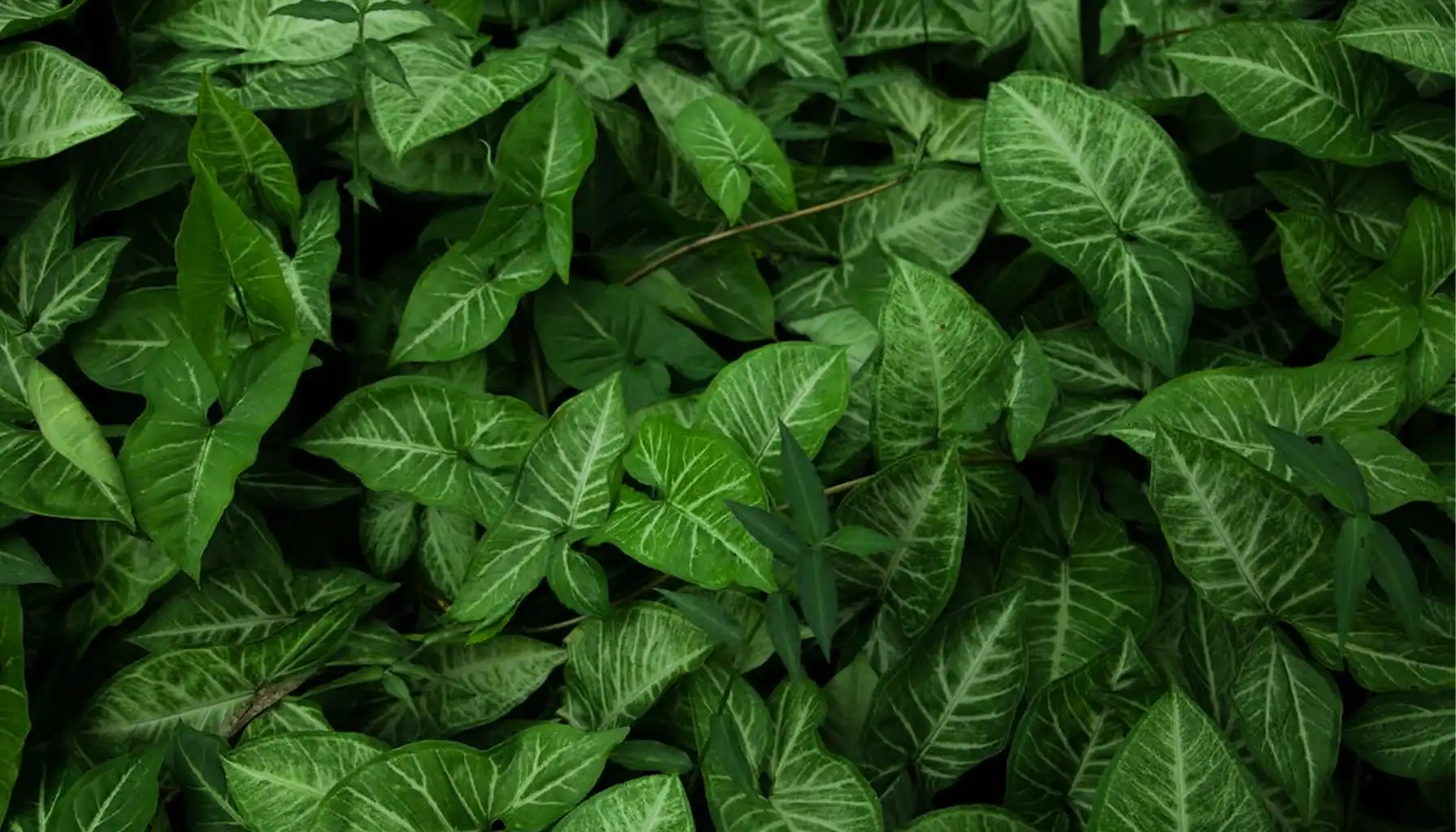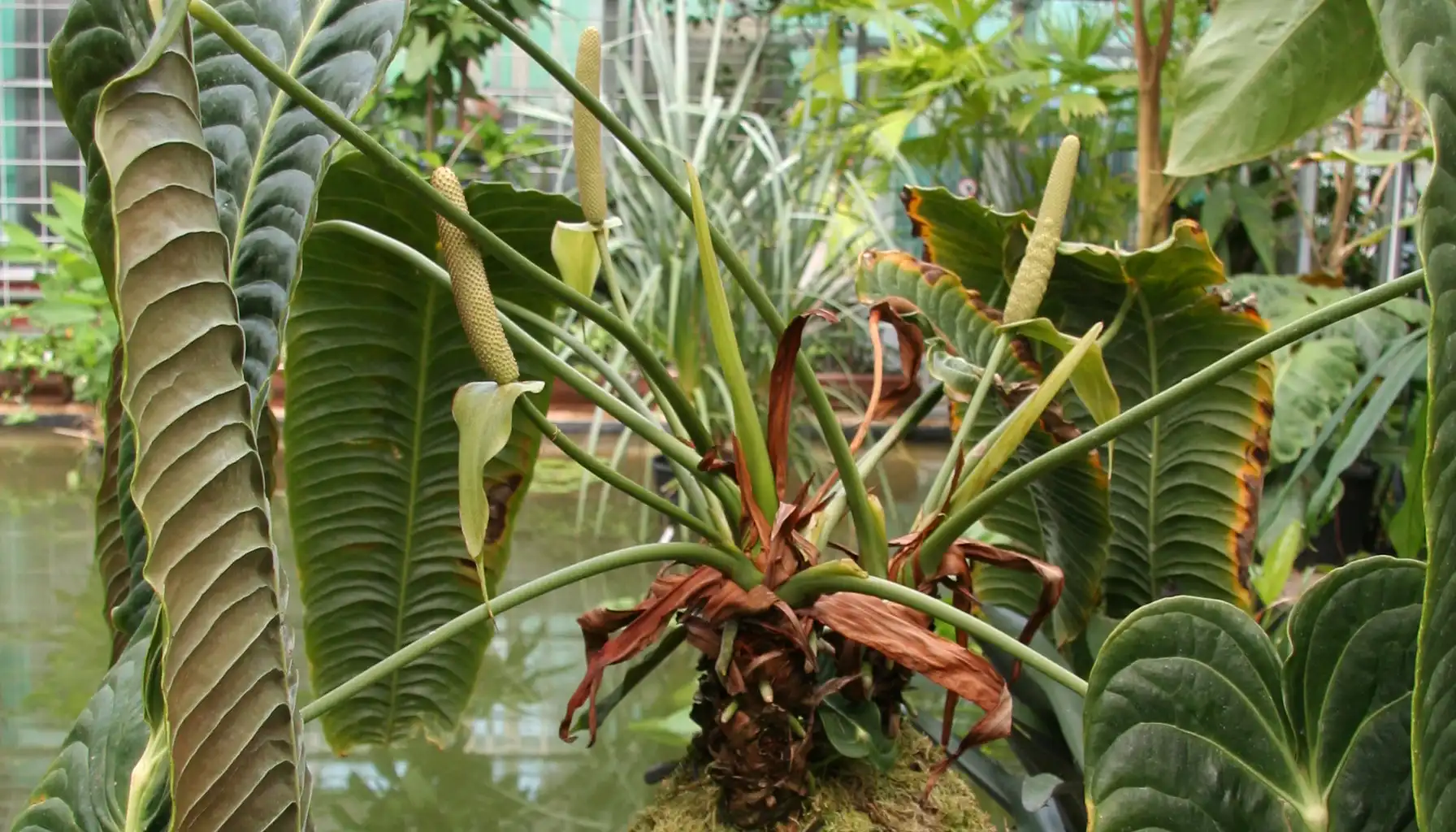Cacti are strong, don’t require much maintenance, and come in a variety of shapes and colours. No wonder people want to add a cactus to their plant collection. But even cacti have a few quirks to their care.
What type of plant is a cactus, and how do you grow a healthy one? Discover in today's article, with care tips for indoor and outdoor growth.
Succulents grow beautiful flowers, and you can use flower identification apps to learn about them.
Cacti Definition and Overview
Is cactus a plant? Yes, it is a plant. To be more specific, cacti are members of the plant family Cactaceae, which includes over 1,700 species. It’s a close relative of families of Aizoaceae and Crassulaceae, represented by many succulents.
Overview |
Feature | Details |
Origin | America, with the highest diversity in Mexico |
Type | Succulent flowering plants |
Size | Ranges from tiny 1-inch species to giant Saguaros that grow over 40 feet (12 meters) tall |
Life span | 10 to 200+ years |
Leaf colors | Have none |
Flowers | Big flowers varying in colours (bloom rarely) |
Propagation | By stem cutting and baby planting |
Toxicity | Most are non-toxic to humans and pets |
Special Features | Very hardy and doesn't need much watering |
Cacti Varieties
Though commonly these plants are prickly and not used for beauty, curious breeders made stunning cacti varieties. Some of them could be used as ornamental plants due to their unique colour or special shapes.
We'll present “special” varieties that differ from the typical green spiky plants we all know.
Red Cactus Plant
Usually, when people talk about the red variety, they mean Moon Cactus (Gymnocalycium mihanovichii). They have a red top grafted onto a green base, like a crown. This red growth should never be removed! Because it’s red, it cannot use chlorophyll, so it gets the necessary elements from the green base.
Species like Mammillaria and the Cactus Rose plant grow red flowers, though their bases are not red.
Pink Cactus Plant
Technically, pink cacti do not exist. They are usually artificially painted. Though we know about a cactus flower plant that is pink, like Mammillaria, Gymnocalycium, or Echinopsis.
As these cacti are the same old succulents, just painted pink, their care is the same.
Purple Cactus Plant
While it’s impossible to find absolutely purple species, several cacti develop with purple coloring due to stress or natural pigments.
Opuntia violacea (Santa Rita Prickly Pear) develops a striking purple hue. To make these species more purple, expose them to the sun more often.
Be careful, while for Opuntia violacea purple coloration is natural, for other cacti it’s a sign of a sunburn.
Blue Cactus Plant
Surprisingly, succulents can come in the blue variety, which is very uncommon for most flora. Blue coloration helps protect cacti from the sun's rays.
Blue Torch (Pilosocereus azureus) is the most popular representative of the blue variety. They have silvery blue stems with golden spines and woolly areoles. With more sun, their blue hue becomes more pronounced.
Rainbow Cactus Plant
The word “rainbow” usually refers to Echinocereus rigidissimus (commonly called Rainbow Hedgehog). The spines of these species are pink, white, and yellow.
The flowers of Echinocereus rigidissimus are not yellow, but instead magenta.
Coral Cactus Plant
This variety is by far the most unique, as technically it’s not even from the cacti family. Instead, they come from the Euphorbiaceae family, originating from Asia.
This variety is known for its wavy, coral-like top grafted onto a succulent base.
Christmas Cactus Plant
This variety is not of a desert origin, but a tropical one. It features flat, segmented stems that resemble leaves.
Why is it called “Christmas”? Because it blooms in winter with vibrant flowers (red, pink, white, purple).
How to care for a Christmas variety? As this flora originates from rainforests, it needs more humidity and less direct sun than desert cacti.
Cactus Plant Care Guide and Tips
A cactus house plant is famous for its ease of care. In fact, in ease, it can rival other beginner plants like Peperomia, Pothos, etc. The main point of concern is the light.
Light Requirements
These succulents prefer bright, direct sunlight and should receive at least four to six hours of it each day. A South- or West-facing window is the ideal placement for the cactus indoor plant.
If a succulent doesn’t get enough light, it may become weak and stretched.
Watering Requirements
Unlike many house flora, cacti should only be watered once the soil has completely dried out. They take drought easily, but are very susceptible to root rot.
During the active growing season in spring and summer, you typically need to water them every two to three weeks. In the cooler months of fall and winter, when the flora enters dormancy, watering should be reduced to every four to six weeks.
Soil and Fertilizer Requirements
The best soil for cacti should drain quickly. It helps prevent excess moisture from accumulating around the roots.
A commercial succulent potting mix works well, or you can create your own by combining coarse sand or perlite with standard potting soil. Adding small gravel or pumice can further enhance drainage.
How to plant a cactus? Fill the pot with the mix, put the flora in the middle, and fill the remaining space with the same mix. Tamp the ground down to eliminate air pockets.
Fertilizing is not necessary year-round, but it can support healthy growth during the active season. A balanced, diluted fertilizer can be applied once a month in spring and summer.
Temperature Requirements
Cacti prefer warm temperatures, ideally between 65 to 85 degrees Fahrenheit (18 to 29 degrees Celsius). While they can tolerate higher heat levels, they should be protected from frost.
To protect your plants from freezing, you can put them in warmer rooms during the winter, like a kitchen or a room where you have a heater.
Propagation Guide
This flora has two main propagation methods: by stem cutting and by pups (a pup is a small cactus plant baby).
Stem Cutting Steps
Choose a healthy stem and cut it cleanly with a sterilized knife or blade.
Let the cutting get dry. Put it in a shaded area for several days. Drying prevents rot.
Once the cut end is dry and firm, plant it in dry soil, just deep enough to support it upright. How to plant cactus cuttings? Put them a few inches deep and secure with a press.
Do not water the cutting immediately. Wait 5–10 days, then begin watering them lightly.
Roots usually develop in 2–6 weeks.
Pups Propagation Steps
Gently remove the small offsets (baby cacti) growing at the base of the parent plant.
Let them dry for a few days.
Plant the offset in well-draining soil. How to plant a cactus pup? A few inches deep and with a little press for security.
Water the pup sparingly after a few days, then treat it as a mature plant.
Cactus Plant Benefits
What do you get by having an indoor cactus plant? This table will tell you.
Benefit | Description |
Water Conservation | Succulents don’t need much water, and allow you to conserve water while letting you do gardening as a hobby. |
Air Purification | Succulents absorb CO₂ and release oxygen. Some species can filter airborne toxins. |
Aesthetic Appeal | Unique shapes, textures, and colors that cacti have add visual interest to indoor and outdoor spaces. |
Edible Fruits | Certain species (e.g., prickly pear) produce nutritious fruits rich in antioxidants and fiber. |
Medicinal Properties | Some species contain compounds with anti-inflammatory and antioxidant effects. |
Is a cactus a plant with a purpose? It definitely is. These prickly buddies help save water bills and decorate your room.
Toxicity and Safety
True cacti are mostly non-toxic, but their spines can be harmful. It’s better to put this flora somewhere away from little children and curious pets.
From our list, only one species has toxic properties, and it's not even a true cactus. The coral plant from the Euphorbia species produces a toxic, milky sap that can irritate skin and be harmful if swallowed.
AI Plant Finder
AI Plant Finder is a mobile app for everyone interested in flora and gardening.
Foremost, this app offers instant Plant Identification. Users can take a photo of any shrub, tree, or flower, and the app will quickly and accurately identify it using advanced image recognition technology.
Another useful function is Disease Diagnosis and Treatment: If a flora appears unhealthy, the app can help diagnose the problem and provide treatment recommendations.
The app also gives Personalized Care Reminders. They notify users when it's time to water, adjust temperature, prune, check the root system, fertilize, and more.
You can download AI Plant Finder on iOS and Android systems.
Related AI Plant Finder Posts
